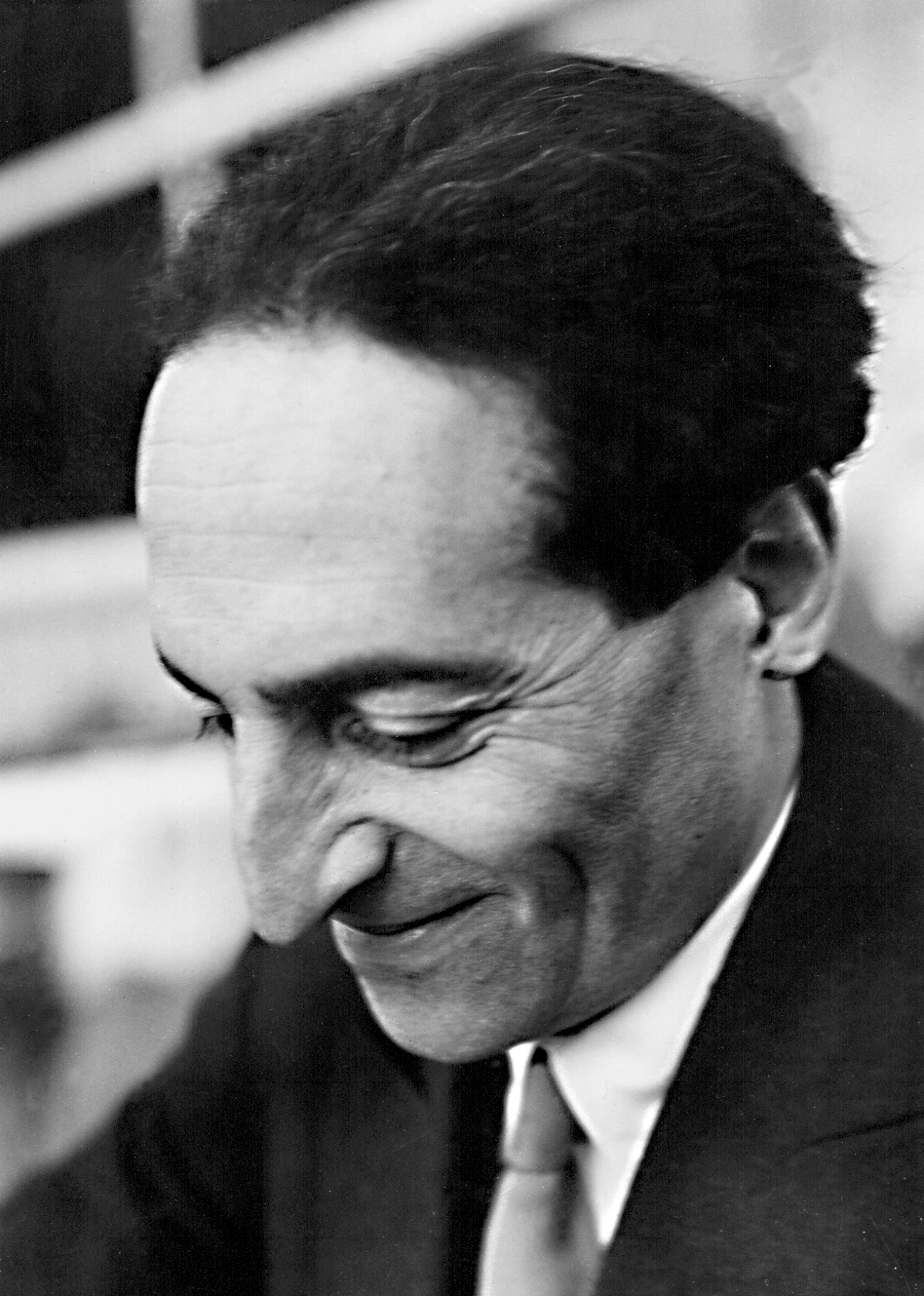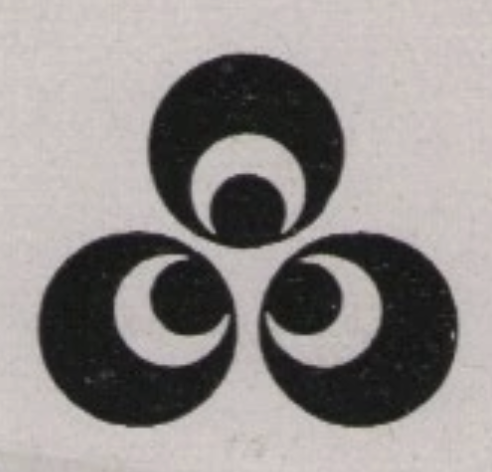
In the early decades of the 20th century, the world of oriental carpets stood at a crossroads. For centuries, handwoven carpets had embodied the highest achievements of material culture across Persia, Anatolia, the Caucasus, and beyond. Yet by the late 19th century, rising industrialization and the growing demand for inexpensive floor coverings threatened this long heritage. Mechanized production flooded markets with imitations, while traditional weaving centers were pressured to compromise quality for quantity. Against this backdrop, a remarkable initiative emerged in Berlin: the PETAG Workshop — Persische Teppiche Aktien Gesellschaft. Founded in 1911, PETAG was not merely a business venture but a cultural and scholarly experiment, bringing together rigorous academic research and artisanal revival. Its legacy, though rooted in a specific time and place, continues to resonate with those who value authenticity, craftsmanship, and the preservation of cultural heritage.
In this blog post, I have shared insights into one of the pioneering workshops, PETAG (Persische Teppiche A.G.) — alongside Ziegler & Co., Oriental Carpet Manufacturers (OCM), and other initiatives that, each in their own way, carried the banner of authentic craftsmanship into the modern age. At Ararat Rugs, we regard ourselves as the inheritors of this legacy in the 21st century. Just as Heinrich Jacoby at PETAG insisted on vegetal dyes and lustrous kurk wool, and just as Ziegler and OCM redefined the relationship between tradition and modern demand, our philosophy remains firmly rooted in authentic processes, natural materials, and cultural continuity. The story of these pioneering workshops reminds us that weaving has always been more than production: it is a dialogue with history, a living tradition, and a testament to human creativity. By carrying forward their spirit, Ararat Rugs strives to ensure that the carpets of today not only honor the past but also speak meaningfully to the future. — Hakan Karar
The driving force behind PETAG was Heinrich Jacoby (1889–1964), a scholar, dealer, and author deeply engaged with the study of oriental carpets. Jacoby’s publication Eine Sammlung Orientalischer Teppiche (Berlin, 1923) remains a touchstone in the field. Unlike many entrepreneurs of the time, Jacoby approached carpets not simply as commodities but as vessels of history, art, and symbolism. His vision for PETAG was clear: to create a workshop that would resist the decline of quality by reviving the standards of classical weaving. Jacoby insisted on the use of handspun kurk wool of exceptional fineness, dyed exclusively with natural vegetal colors, and woven entirely by hand in the traditional manner. This uncompromising philosophy placed PETAG carpets in sharp contrast to the machine-made rugs proliferating in European markets.
 Heinrich Jacoby (1889–1964)
Heinrich Jacoby (1889–1964)
Jacoby chose Tabriz, in northwestern Persia, as the site for PETAG’s production. Tabriz had long been a center of innovation and excellence in weaving, particularly during the Safavid dynasty, when it served as a hub for court workshops producing carpets of extraordinary refinement. By re-establishing production there, PETAG tapped into a centuries-old reservoir of skill and tradition. Weavers at PETAG’s Tabriz workshop were not anonymous laborers producing for volume. They were artisans entrusted with the best materials available, supported by scholarly design references, and encouraged to treat their work as a continuation of a grand tradition. Every knot tied on a PETAG carpet was an act of preservation as much as creation.
One of the most innovative aspects of PETAG was its reliance on contemporary scholarship. Around the turn of the 20th century, a wave of landmark publications gave European readers — and for the first time, carpet designers — access to color illustrations of classical carpets. These books were transformative, making masterpieces of the 16th and 17th centuries visible beyond the walls of private collections and museums. Key among these were: F.R. Martin, A History of Oriental Carpets before 1800 (Stockholm, 1908) — a pioneering volume featuring large-scale, colored plates of Safavid and Ottoman carpets. Friedrich Sarre, Orientalische Teppiche (Vienna, 1892) — one of the earliest comprehensive German studies of oriental rugs. F. Sarre and Hermann Trenkwald, Alt-Orientalische Teppiche (Vienna, 1926) — a monumental work that combined archaeological insight with lavish illustrations. For PETAG, these publications served as both archives and manuals. Their designs were faithfully reproduced, often with subtle adjustments to the color palette to suit Western interiors. In doing so, PETAG positioned itself as a cultural bridge: preserving authentic forms while adapting them to new contexts.
The founding of PETAG must also be seen in the wider context of the late 19th-century carpet market. As demand for oriental rugs soared, many workshops responded by lowering quality standards — substituting synthetic dyes for vegetal ones, weaving with coarser wool, or increasing knot count at the expense of structural integrity. Jacoby’s response was radical: instead of competing on cost, PETAG competed on excellence. Every carpet was intended as a work of art, equal in ambition to the masterpieces reproduced in the scholarly tomes of the time. By prioritizing material quality and design fidelity, PETAG offered a counter-narrative to the industrial tide.
Today, PETAG carpets are recognized as among the finest examples of early 20th-century weaving. Their lustrous kurk wool, vegetal dyes, and çintamani signature make them highly collectible, often mistaken for genuine antique carpets. More importantly, they represent an early and conscious effort to preserve craft traditions at a time when modernization threatened to erase them. In this sense, PETAG’s story transcends its historical moment. It reflects a universal truth: that cultural heritage survives not only in museums but in the hands of those who choose to continue it.
The story of the PETAG workshop is more than a footnote in the history of oriental carpets. It is a testament to what can be achieved when scholarship, artistry, and integrity converge. Guided by Heinrich Jacoby’s vision, PETAG wove carpets that not only revived classical designs but also challenged the assumptions of their age. Their çintamani-marked rugs remind us that weaving is not merely a craft but a cultural act — one that carries meaning across centuries and geographies. For those who walk upon a PETAG carpet today, or admire one in a collection, the experience is more than aesthetic. It is a dialogue with history, a revival of beauty, and a lesson in the enduring value of authenticity.
.jpg) A PETAG TABRIZ CARPET, NORTH WEST PERSIA, CIRCA 1920
A PETAG TABRIZ CARPET, NORTH WEST PERSIA, CIRCA 1920
 The PETAG Chintamani Signature
The PETAG Chintamani Signature
The Çintamani Signature
Among the most distinctive features of PETAG carpets is their signature motif: three roundels arranged in a triangular formation, inspired by the çintamani design. Originally a Buddhist symbol representing a wish-fulfilling jewel, the motif evolved across cultures and was adopted by the Ottomans, where it appeared frequently in textiles and ceramics. For Jacoby and PETAG, the çintamani became both a hallmark of authenticity and a declaration of values. Placed discreetly in the corner of a field or border, the three dots signified the workshop’s identity. More than a logo, it linked PETAG to the long lineage of oriental design, bridging Persian, Ottoman, and European traditions. It is believed that Jacoby himself owned an Iznik tile decorated with çintamani spots, which likely inspired the workshop’s emblem.
At Ararat Rugs, we recognize in PETAG and its contemporaries an inspiring legacy. Just as Heinrich Jacoby once insisted on vegetal dyes and handwoven excellence against the pressures of industrial shortcuts, we too are grounded in authentic processes, sustainable materials, and cultural continuity. Yet our commitment goes even further: where earlier manufacturers such as PETAG, Ziegler, and OCM sought to adapt tradition to modern markets, we strive to surpass those precedents in both quality and integrity.
The PETAG workshop was, in many ways, a revival movement ahead of its time — reintroducing classical Persian and Caucasian designs into modern homes without losing their essence. More than a century later, Ararat Rugs carries this vision forward with even greater fidelity to craft, deeper respect for heritage, and a standard of excellence that exceeds what was possible in the early 20th century. Our rugs are not only faithful to the past, but refined for the future — works of art that embody both cultural preservation and contemporary sophistication.
.jpg) THE HEINRICH JACOBY PETAG TABRIZ CARPET
THE HEINRICH JACOBY PETAG TABRIZ CARPET
NORTH WEST PERSIA, CIRCA 1920
.jpg) A PETAG TABRIZ CARPET
A PETAG TABRIZ CARPET
SIGNED PETAG, NORTH WEST PERSIA, CIRCA 1920
.jpg) DETAIL, A PETAG TABRIZ CARPET
DETAIL, A PETAG TABRIZ CARPET
SIGNED PETAG, NORTH WEST PERSIA, CIRCA 1920
